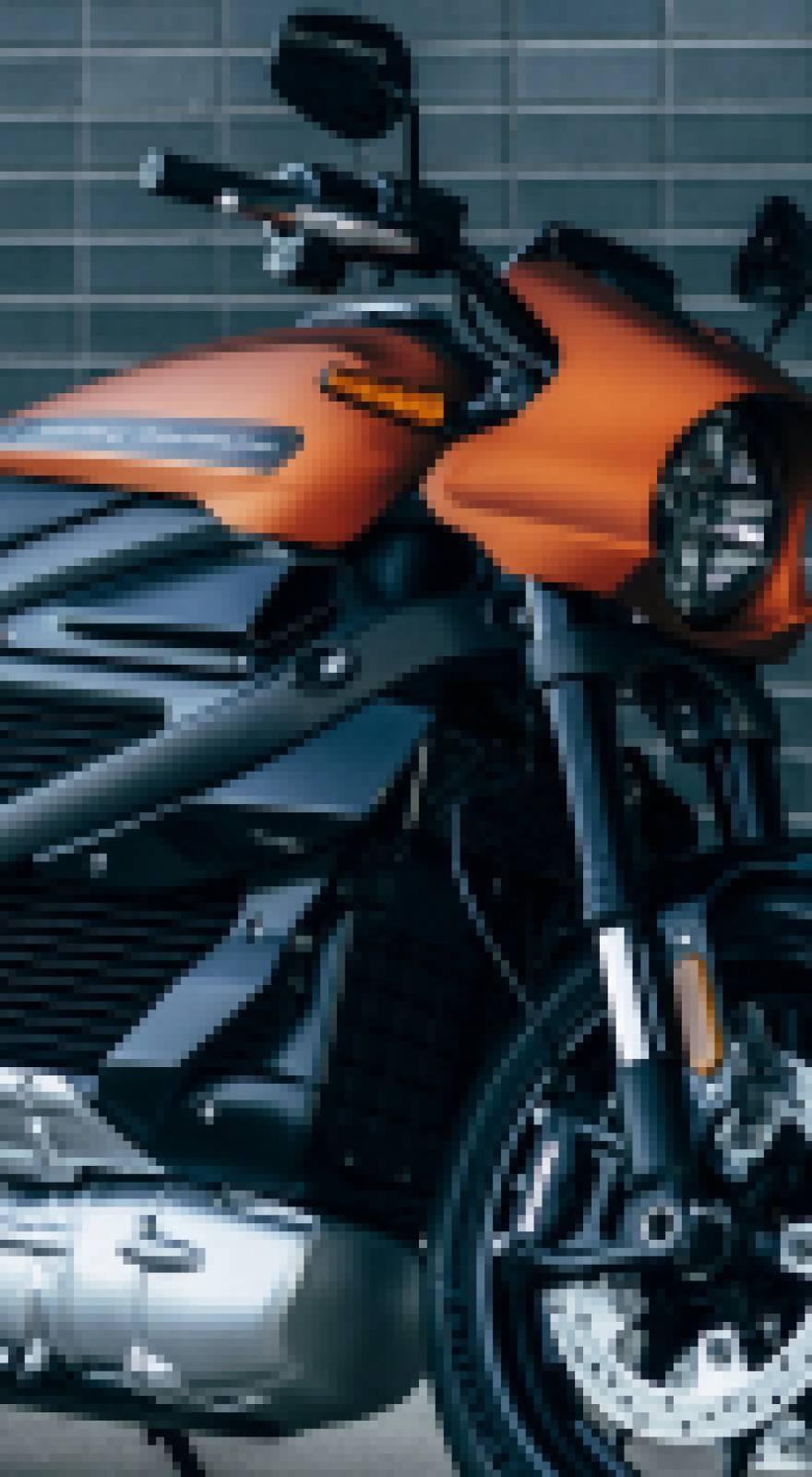Knowde Enhanced TDS
Identification & Functionality
- Additives Included
- Chemical Family
- Polymer Name
- Composite Materials Functions
- Technologies
- Product Families
Features & Benefits
- Materials Features
- Features
- Extremely good physiological compatibility
- Good mechanical properties
- Pot life of approx. 30 min to approx. 3.5 hours at 25°C
Applications & Uses
- Applications
- Compatible Reinforcements
- Applications
Production of gliders, motor gliders and motor planes, boat and shipbuilding, sports equipment, model airplanes, molds and tools.
Laminating resin system approved by the GERMAN FEDERAL AVIATION AUTHORITY Application with different pot lives for processing of glass, carbon and aramide fibers, featuring high static and dynamic loadability. After heat treatment at 50 – 55 °C, the system meet s the standards for gliders and motor gliders (operational temperatures -60 °C to + 54 °C). In order to meet the standards for motor planes (operational temperatures -60 °C to +72 °C), heat treatment at 80 °C is necessary.
The range of pot lives at 25°C is between approx. 3 0 min and 3.5 h. The curing agents have the same mixing ratio and can be mixed among themselves in any ratio. This permits a selection of the optimum system for all processing methods. After initial curing at room temperature, the components manufactured are workable and demouldable. You will receive high-gloss and non-tacky surfaces, even with unfavorable precuring conditions, e. g. lower temperatures or high humidities.
The mixing viscosity guarantees fast and complete impregnation of the reinforcement fibers; however, the resin will not spill out of the fabrics on vertical surfaces. In order to obtain special properties, it is also possible to add fillers to the mixture of resin/hardener, such as Aerosil, microballoons, cotton flakes, metal powder, etc. If high heat resistance or aircraft approval are not necessary, curing agent LH285 can also be used without heat treatment afterwards.
However, the indicated properties will only be obtained after heat treatment at temperatures over 50 °C As a matter of experience LR285 can be combined with suitable gelcoats on UP, PU and EP basis.
- Processing
At temperatures between 15 °C and 50 °C, all common processing methods
Properties
- Physical Form
- Mechanical Properties
- Typical Properties
| Value | Units | Test Method / Conditions | |
| Density (Curing: 24h at 23°C + 15h at 60°C) | 1,18 – 1,20 | g/cm³ | DIN EN ISO 1183-1 |
| Flexural Strength (Curing: 24h at 23°C + 15h at 60°C) | 110 – 120 | MPa | DIN EN ISO 178 |
| Modulus of elasticity (Curing: 24h at 23°C + 15h at 60°C) | 3,0 – 3,3 | GPa | DIN EN ISO 178 |
| Tensile Strength (Curing: 24h at 23°C + 15h at 60°C) | 70 – 80 | MPa | DIN EN ISO 527-2 |
| Compressive Strength (Curing: 24h at 23°C + 15h at 60°C) | 120 – 140 | MPa | DIN EN ISO 604 |
| Elongation at Break (Curing: 24h at 23°C + 15h at 60°C) | 5,0 – 6,5 | % | DIN EN ISO 527-2 |
| Impact Strength (Curing: 24h at 23°C + 15h at 60°C) | 45 – 55 | kJ/m² | ISO 179-1 |
| Water Absorption (Curing: 24h at 23°C + 15h at 60°C) | 0,20 – 0,30 | % | DIN EN ISO 175 |
| Water Absorption (Curing: 7h at 23°C + 15h at 60°C) | 0,60 – 0,80 | % | DIN EN ISO 175 |
| Value | Units | Test Method / Conditions | |
| Density (25°C) | 1.18 – 1.23 | g/cm³ | — |
| Viscosity (25°C) | 600 – 900 | mPa·s | — |
| Refractory index at 25°C | 1.525 – 1.530 | — | — |
Storage & Handling
- Storage
Shelf life of 24 months in originally sealed containers
Although LR285 is very unlikely to crystallize at low temperatures, storage conditions of 15 – 30 °C and low humidity are recommended. After dispensing material, the containers must again be closed carefully, to avoid contamination or absorption of water. All amine curing agents show a chemical reaction when exposed to air, known as „blushing“. This reaction is visible as white carbamide crystals, which could make the materials unusable.

